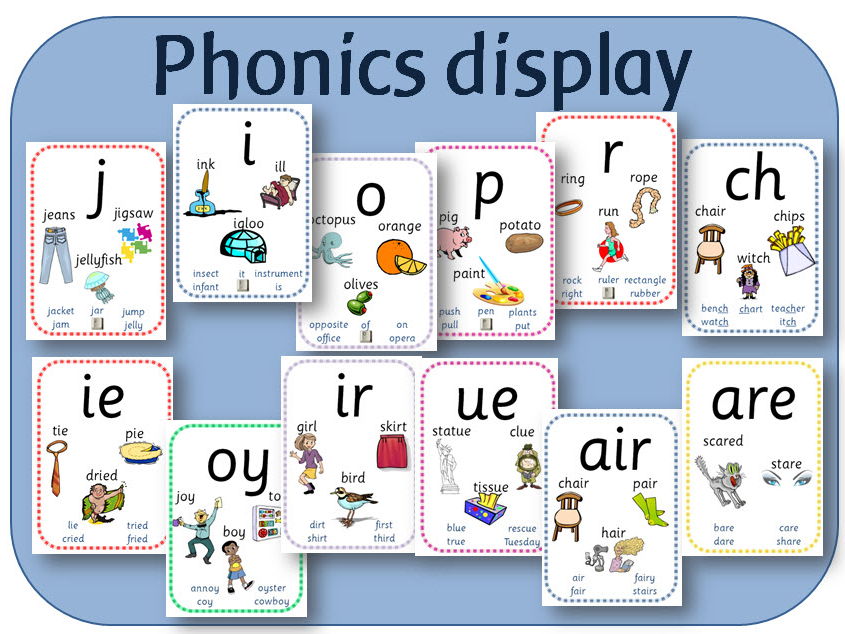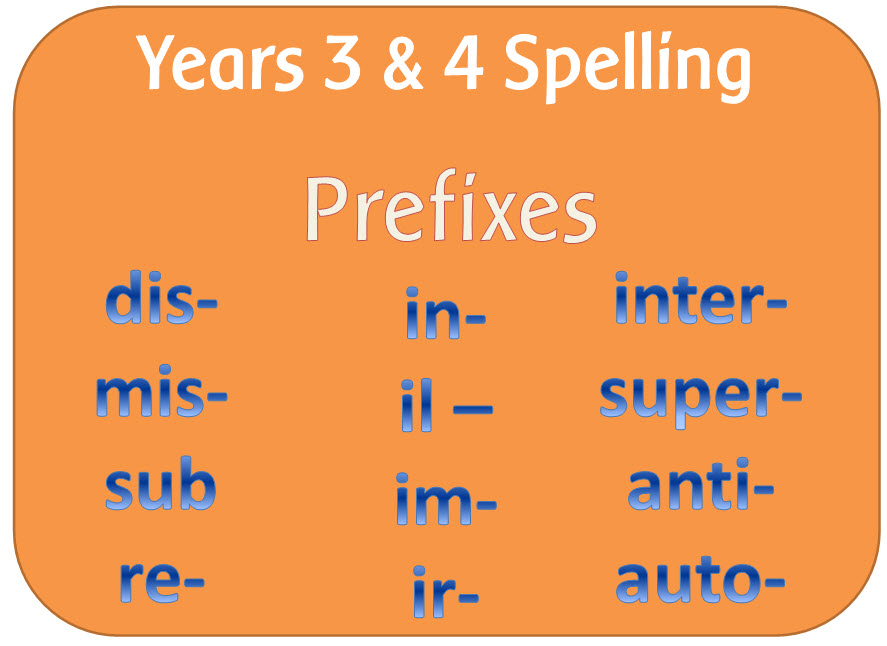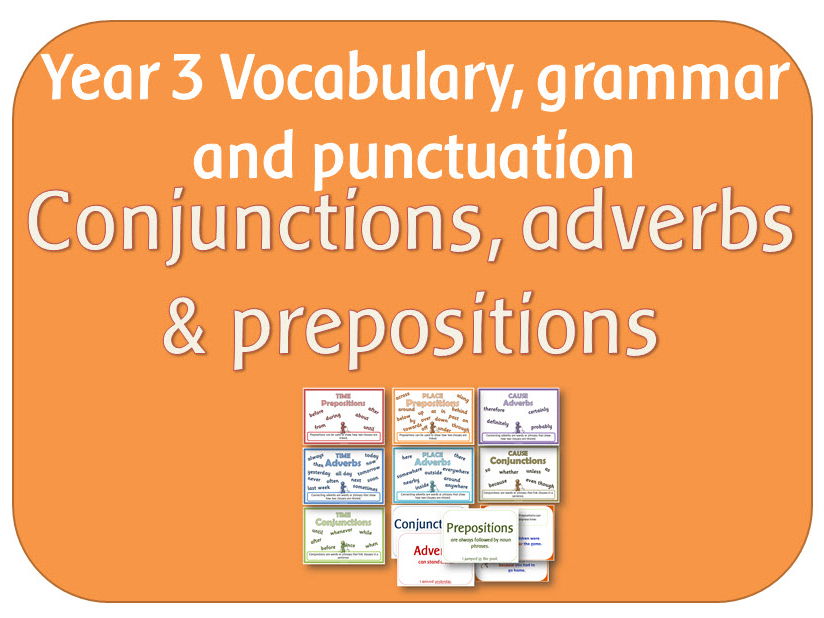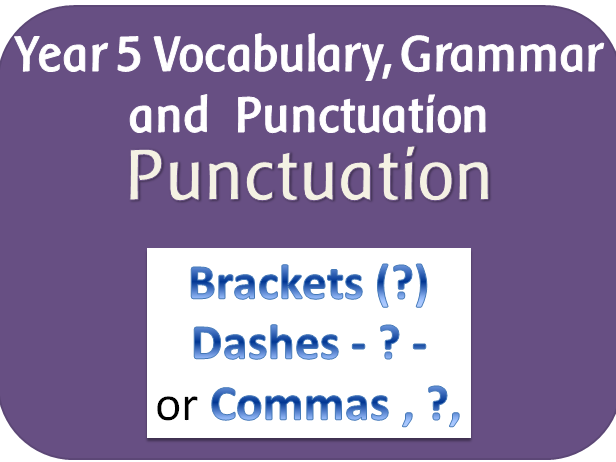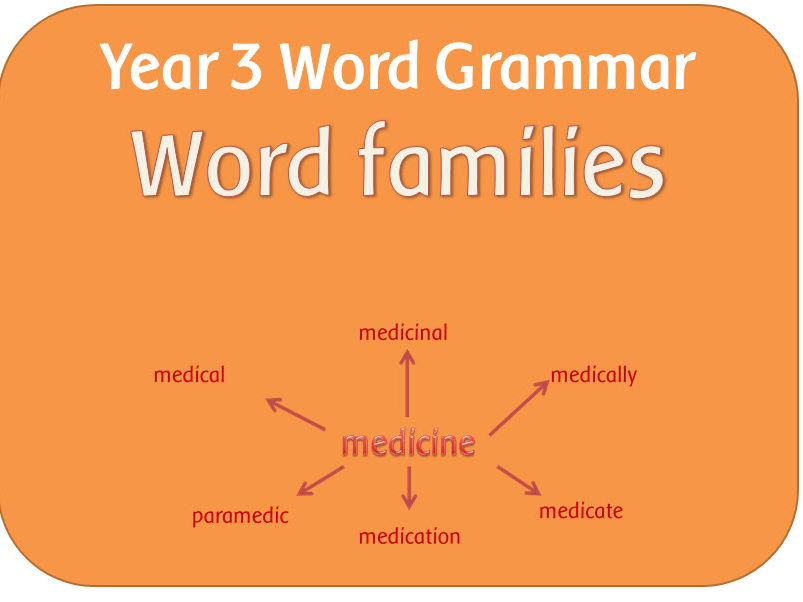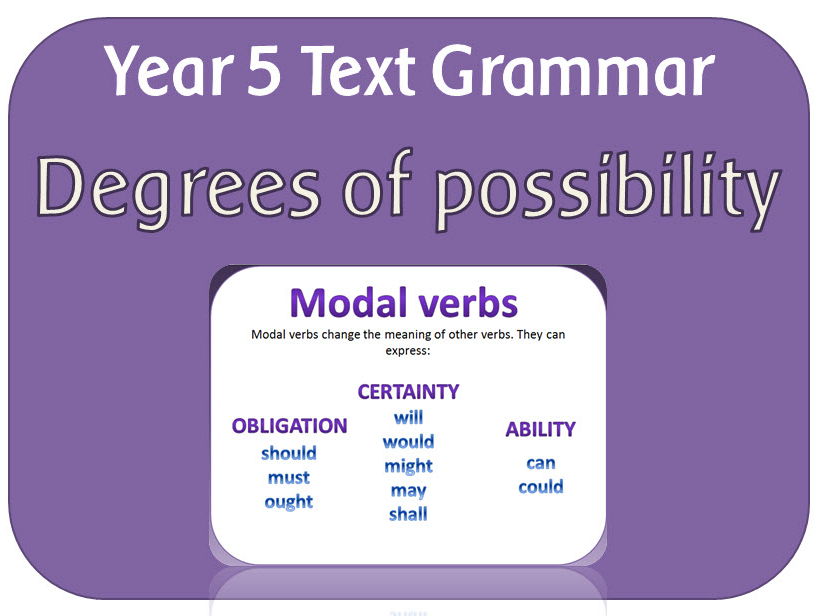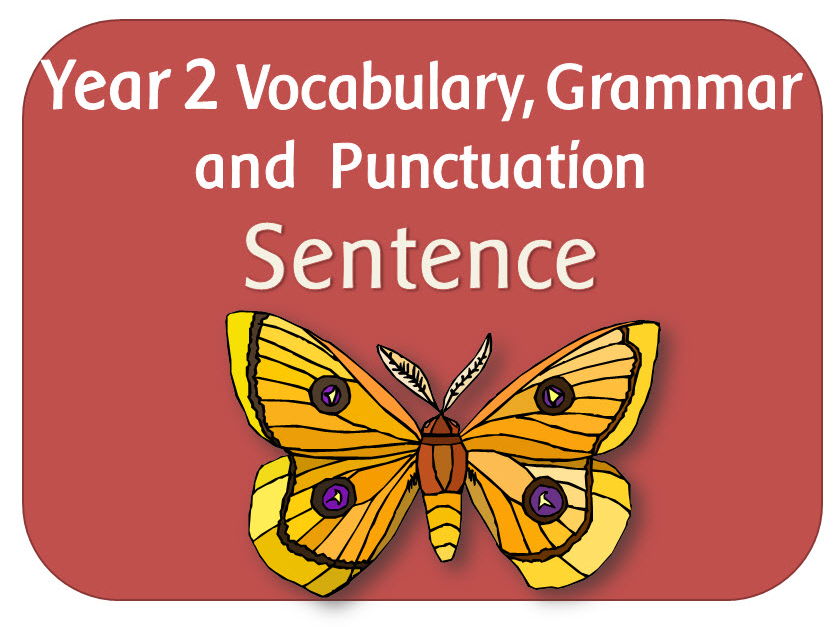
404Uploads
1066k+Views
681k+Downloads
World languages

Phonics flashcards
A set of 76 phonics display/flashcards to use in KS1.
There are 2 A5 cards on a page. Each card contains pictures and a list of words including the relevant common exception words for Year 1.
The first set contains the letters of the alphabet.
The second set contains the consonant digraphs and vowel digraphs and trigraphs in the Y1 Spelling appendix.
The third set contains extra graphemes identified in the Letters and Sounds phonics programme.

SPaG Year 3 & 4 Spelling: Prefixes dis mis in re sub inter super anti auto
Resources to teach how most prefixes can be added to words without any change to the spelling of the root word, except for the prefix in.
POWERPOINTS: Each powerpoint introduces the prefix and gives a definition of its meaning and how it can change the meaning of words. Examples of words with and without each prefix are shown.
The last powerpoint looks at the meaning of all the different prefixes.
DIS
MIS
IN IL IM & IR
SUB
RE
INTER
SUPER
ANTI
AUTO
Prefix recap
PDF (PRINTABLE) RESOURCES:
DIS
Cards - words to add dis
Change the paragraph to the opposite meaning
Dis word definitions
Jigsaw cards – dis
Un and dis matching word and definition cards
Dis- wordsearch
Un- wordsearch
MIS - wordsearch
IN IL IM IR jigsaw cards
MIS DIS RE and UN Word wheel
INTER worksheet
AUTO prefix worksheet
Although every effort has been made to check wordsearches for unintentional inappropriate words, it is recommended that teachers double check them before giving to children.
TEACHER RESOURCES
Word list
Adaptable outline plan

SPaG Year 6 Sentence Grammar: Informal and formal writing powerpoint
The powerpoint explains how to change writing styles/register according to audience, purpose and text, and what tone to use for each. Shows examples of similar sentence written in a formal and an informal style. Ends with an activity where the children have to turn an informal sentence into a formal one.

SPaG Year 3 Sentence Grammar: Time, place & cause using conjunctions, adverbs & prepositions
Includes a powerpoint, vocabulary cards and a set of posters.
POWERPOINT: explains the difference between conjunctions, adverbs and prepositions, giving examples of where and how to use them.
4 sets of display:
SET 1 Time place and cause connectives: This set contains 3 headings and sets of words in clouds to display around the headings time, cause and place. There are blank clouds for you to add your own.
SET 2) Conjunctions adverbs and prepositions cards: In this set there are 5 words per A4 page which can be cut up for display. The words are organised into conjunctions, adverbs and prepositions with an A4 title for each.
SET 3) Conjunctions, adverbs and prepositions posters: These posters splits the connectives into sets of Time/Cause/Place and conjunctions/adverbs/prepositions. There are 7 A5 pages plus a title page.
SET 4) Co-ordinating and subordinating conjunctions: These posters explain the difference between the two types of conjunctions and give examples of each in clouds.

SPaG Year 5 Punctuation: Parenthesis (brackets, dashes, commas) and commas to clarify meaning
This pack contains 2 powerpoint lessons:
Parenthesis: How brackets, dashes or commas can be used to indicate parenthesis.
Commas: Gives examples of what can happen if commas are omitted, and how they are important to the intended meaning.

Introduction to reading and writing sentences Y1 Year 1
These resources introduce the concept of a sentence and show how to write a sentence.
POWERPOINTS:
Introduction to sentences: Explains what sentences and punctuation are. It reinforces the importance of capital letters, full stops, question marks or exclamation marks, and spaces in-between words.
How to compose a sentence: Introduces the concept of sentence writing, and how the children should think about and then say the sentence before they write it down, remembering to read through and check their work when finished.
“I can” sentences: simple sentences for the children to read. The vocabulary gets progressively harder, from simple CVC words to using long vowel graphemes and blends.
Jake’s Full Stop: A story demonstrating how important it is to put full stops in the right places.
Picture sentences: Find the correct sentence out of four to match the picture.
Joining sentences with ‘and’: Demonstrates how text can become more interesting when ‘and’ is used to join sentences. Ends with sentences for the children to join with the word and.
Words that fit: Find the words that can be substituted in the sentence.
Sentence building: Jumbled up words that need arranging into sentences. Suitable for a class writing activity.
WORKSHEETS (PDF) - to accompany the PowerPoints
Worksheets: 15 different worksheets to accompany the lessons, including -
A checklist when writing sentences
Finish the ‘I can’ sentences
Write the words that fit
Write sentences about a picture
Punctuation story
Match the sentences
Cut and make a sentence
The worksheets are in both colour and black and white.
Some of the PowerPoints include a linked video to watch. This is a link shared through SafeShare T.V., a program that filters adverts and unwanted commercials from the clip. You may need to check if you can access this in school.
The links were checked before uploading, but if any don’t work, feel free to contact me.

SPaG Year 3 Grammar: Paragraphs, headings, sub-headings and present perfect form of verbs
POWERPOINTS:
Paragraphs:An introduction to paragraphs, explaining what they are and how to write them.
Headings and sub-headings:An introduction to headings and sub-headings, explaining what they are and where and how they can be used.
Present perfect:Explains what the present perfect tense is and how it is formed. It ends with sentences for the children to rewrite using the present perfect tense.
PDF activity: Present perfect worksheet

SPaG Year 5 & 6 Spelling: Use of the hyphen
A powerpoint lesson and a jigsaw activity to teach the spelling guidelines:
Hyphens can be used to join a prefix to a root word, especially if the prefix ends in a vowel letter and the root word also begins with one.

Y6 SPaG Punctuation resources: Colon, semi-colon, dash, bullet points and hypens
This set includes 2 resources:
One powerpoint explaining:
the use of the semi-colon, colon and dash to mark the boundary between independent clauses
use of the colon to introduce a list and use of semi-colons within lists
punctuation of bullet points to list information
Plus 5 A4 posters explaining the use of the colon, semi-colon, dashes, bullet points and hypens

SPaG Year 3 Grammar: Use of the forms a or an
A powerpoint explaining when to use a and when to use an, with an interactive activity for the children to choose the correct form.

SPaG Year 1 : Plural noun suffixes powerpoint and worksheet
A powerpoint lesson, worksheet and plan on plural noun suffixes:
Plural noun suffixes: A powerpoint explaining the meaning of singular, plural and what a suffix is. It explains what effect the addition of s or es has on nouns.It ends with an interactive game.
Plural noun suffix worksheet

SPaG Year 1 Punctuation: Capital letters, full stops, question marks & exclamation marks
Spelling resources to teach the statutory requirements in Appendix 2 of the English curriculum:
Punctuation: Separation of words with spaces; Introduction to capital letters, full stops, question marks and exclamation marks to demarcate sentences; Capital letters for names and for the personal pronoun I.
PowerPoint files:
Introduction to exclamation marks: Short presentation explaining when to use exclamation marks
Introduction to full stops: Short presentation explaining when to use full stops
Introduction to question marks: Short presentation explaining when to use question marks
Capital letters - when to use them: Looks at occasions where capital letters should be used, with an activity to test the children’s understanding at the end.
Capitals and punctuation quiz: Interactive activity where the children have to decide what is wrong with each sentence.
Jake’s full stop: A story that shows what happens when full stops are left out of sentences.
Sentences and punctuation: Recap on sentences and punctuation, with an activity at the end.

SPaG Year 2 Text: Present and past tense and the progressive form of verbs
Four powerpoints looking at past and present verb tenses.
POWERPOINTS
Introduction to tenses: Explains what tense means, and past and present tense, giving examples including the progressive form of verbs.It ends with some examples and opportunities for children to change the tenses of sentences.
Changing present into past tense: Sentences to change
Thinking of verbs and past and present tense: Look at pictures and describe the actions in the present and the past tenses.
Irregular past tense verbs: Explanation and lists of irregular past tense verbs.

Subordination and co-ordination powerpoint, worksheets and posters: SPaG Year 2 Sentence
A PowerPoint lesson explaining what subordination and co-ordination are with accompanying worksheets and posters, designed to teach the Y2 Sentence objectives.
The set contains:
POWERPOINT:
Subordination and coordination
A 7 page PowerPoint explaining how to connect sentences and clauses using subordination (when, if, that and because) and co-ordination (using or, and or but.)
It gives examples of how to use them in sentences then gives sentence starters for the children to complete using the words above.
ACTIVITIES / WORKSHEETS:
Co-ordination writing sheets x 4: Each sheet has a different picture. The children have to write sentences using the words and, but and or.
Subordination worksheets x 4: Each sheet has a different picture. The children have to write sentences using the words when, if, that and because
DISPLAY:
Two posters explaining subordination and co-ordination with examples and a heading.

SPaG Year 3 Grammar: Formation of nouns using a range of prefixes
The first powerpoint recaps the terminology noun and prefix then explains how prefixes are added to words and change their meaning. Gives some examples of words with the prefixes super, auto, anti and tele and asks how the meanings have changed.
The second powerpoint looks at a range of prefixes the children should have covered in Y2 and introduces new ones alongside their meanings.
PDF WORKSHEETS & ACTIVITIES:
Word list – nouns using prefixes
Fore/mid/sub jigsaw cards
Super/auto/anti jigsaw cards
Prefix anti worksheet
Prefix auto worksheet
Prefix super worksheet
DISPLAY:
Noun prefixes display
Plus a Y3 VG&P plan

SPaG Year 3 Grammar: Word families based on common words
3 POWERPOINTS:
Words and families: Explains what word families are and how to make them. It follows with 10 common exception words and related words .
Roots, affixes and word families: Explains how word families can be built by using affixes. Gives examples of the word family related to the word 'act' and also the word 'light'.
Word families: Building words using a matrix of prefixes, root words and suffixes.
PDF WORKSHEETS & ACTIVITIES:
Cards (x6 – act/give/light/pass/press/sign) containing words belonging to each word family
Word derivation sheet – blank
Word family – give
Word family – pass
Word family –press
Word family –sign
Word list – Latin root words and families (extension work)
Plus a Y3 VG&P plan

SPaG Year 3 Terminology powerpoint
A powerpoint explaining the terms adverb, preposition, conjunction, word family, prefix, clause, subordinate clause, direct speech, inverted commas, speech marks, vowels and consonants

SPaG Year 4 Sentence Grammar: Fronted adverbials
POWERPOINTS:
Fronted Adverbials: Explains what they are and how to use them (including the use of commas from the punctuation objectives)
PRINTABLE PDF FILES:
Adverbial spotter worksheet: To use with reading books or passages of text
Adverbials of time display
Adverbials of manner display
Adverbials of time display
Adverbials of time cards: For composition activities etc
Adverbials of manner cards: For composition activities etc
Adverbials of time cards: For composition activities etc
5 x Word documents with different passages to use with spotter sheet

SPaG Year 5 Sentence Grammar: Degrees of possibility using adverbs or modal verbs
A powerpoint teaching about how to indicate degrees of possibility using adverbs or modal verbs might, should, will, must.

SPaG Year 2 Sentence: Expanded noun phrases for description and specification
A PowerPoint demonstrating how to add adjectives to make expanded noun phrases. Ends with different pictures for the children to add words to describe and specify.

